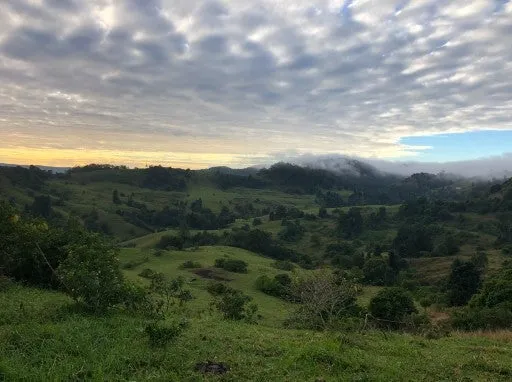Indian myna
The Indian myna birds were first released into the Australian environment to help control pest insects. They quickly spread out of control and are now widespread throughout eastern Australia.
Indian myna is not a restricted invasive animal under the Biosecurity Act, but is identified as a priority species in our Sunshine Coast Biosecurity Plan 2024.
Problems caused by Indian mynas
Indian mynas threaten native biodiversity with their territorial behaviour. They compete with native animals for nesting hollows, aggressively defending their territory.
They are also thought to evict native species, such as parrots and gliders, from their hollows and even kill their young.
Indian mynas spread diseases and parasites that affect native birds, including bird mites (which can also affect human health). They often form large communal roosts in suburban areas, causing health concerns and noise issues.
Where they live
Indian mynas are widespread across urban areas of the Sunshine Coast, occupying a range of habitats. They thrive in areas where humans live, particularly where there is food easily available.
As well as nesting in tree hollows, Indian mynas are known to nest in the ceilings and eaves of buildings.
Protecting against Indian mynas
Under the Biosecurity Act all Queenslanders have a general biosecurity obligation to manage Indian mynas on their land.
To get help to protect your place from Indian mynas, visit the managing invasive animals web pages.
You can report Indian myna bird sightings using MynaScan.
For information on how to manage Indian Myna Birds, including how to build your own trap, visit the MynaScan Resources webpage.
Further information
For more information on Indian mynas visit the Biosecurity QLD website or download one of these documents.
- DAF Indian myna fact sheet (PDF, 834KB)
- Indian myna control handbook (PDF, 1MB)
- Indian myna identification fact sheet (PDF, 496KB)
- Indian myna bird fact sheet (DOCX, 3.2MB)

